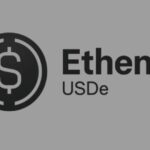Bids have been submitted by Paxos, Frax, Sky, Agora, and newcomer Native Markets for Hyperliquid’s initial stablecoin vote. Billions in trading volume and stablecoin flows are at stake.
One week after a contest was started to decide the issuer of its first native stablecoin, USDH, Hyperliquid is getting ready for a validator vote on Sunday. This vote will select the winner in what has rapidly become one of the industry’s most closely watched community decisions.
Hyperliquid, a decentralized exchange for perpetual futures that launched its own layer-1 in November 2024, handled $330 billion in trading volume in July with a team of 11 people. USDH will be the platform’s first dollar-pegged asset, providing traders with a stable unit of account and a collateral option within the Hyperliquid ecosystem.
The vote will decide which company controls the exchange’s canonical stablecoin and gains access to billions in stablecoin flows.
The race has already had twists. On Thursday, Ethena withdrew its bid and endorsed newcomer Native Markets. This leaves Paxos, Frax, Sky, Agora, Curve, OpenEden, and Bitgo still in the running.
Native Markets Enters the Race
The first team to submit a proposal for USDH was Native Markets. This was done on September 5.
The group, which was explicitly formed to launch a Hyperliquid-native stablecoin, has pledged to mint USDH directly on HyperEVM. It also promised to split the reserve yield evenly between HYPE buybacks and ecosystem growth.
Its plan depends on Stripe’s tokenization platform, Bridge, to manage reserves. This choice gained early validator support but also led to opposition from competitors. They warned of potential conflicts with Stripe’s blockchain ambitions.
The venture is led by Hyperliquid investor Max Fiege, former Uniswap Labs resident MC Lader, and blockchain researcher Anish Agnihotri.
Native Markets’ current odds on Polymarket are 96%.
Paxos Enters Stablecoin Race
On September 5, a proposal was also submitted by Paxos, a stablecoin infrastructure company, to launch USDH. This Hyperliquid-first stablecoin was designed to be compliant with both the U.S. Stablecoins Act (GENIUS Act) and the European Union’s Markets in Crypto-Assets (MiCA) framework.
The filing stated that 95% of the interest generated from USDH reserves would be used to buy back Hyperliquid’s native token, HYPE. It would then be redistributed to validators, users, and partner protocols.
In its announcement, Paxos stated that it is “the only firm that has launched and scaled multiple regulated stablecoins, including Binance USD to $25B+ and PayPal USD to $1B+.”
Paxos also promised to integrate USDH into its brokerage platform, which is already used by PayPal and Venmo.
Paxos’ current odds on Polymarket are 4%.
Sky Joins the Race for USDH
On September 8, a proposal was submitted by Ethereum decentralized finance (DeFi) pioneer Sky, the issuer of the decentralized stablecoin USDS (formerly DAI). Sky’s pitch is notable because it pledges to make USDH natively multichain via LayerZero. This would allow the token to circulate across networks from its inception.
The team also pledged to deploy a portion of its balance sheet into Hyperliquid, offering the community a 4.85% return on USDH. The direct profits would then be used for HYPE buybacks and the Assistance Fund.
Sky’s current odds on Polymarket are less than 1%.
Frax Finance Joins the USDH Race
Decentralized finance protocol Frax Finance, the issuer of the frxUSD stablecoin, had its proposal to issue USDH outlined. This will be done through a partnership with a federally regulated U.S. bank, which was not named.
The plan would back USDH one-for-one with tokenized U.S. Treasurys, ensure full GENIUS Act compliance, and recycle the entire treasury yield back into Hyperliquid’s ecosystem.
Frax described its approach as “something that no one else will match: give everything back to the community.”
Frax Finance’s current odds on Polymarket are less than 1%.
Agora Enters the Race for USDH
A proposal to launch USDH was also put forward on September 8 by Agora, the issuer of the AUSD stablecoin. VanEck will be its asset manager. The bid includes a commitment to direct 100% of the net revenue from reserves into HYPE buybacks or the Assistance Fund.
Agora also strongly criticized Native Markets’ use of Stripe’s Bridge. It warned that Stripe’s plans for its own Tempo blockchain could create conflicts of interest for Hyperliquid.
In a statement on X, Nick VanEck, the co-founder of Agora, sharply criticized the idea of giving control to Stripe. He said, “If Hyperliquid gives its canonical stablecoin to Stripe, a vertically integrated issuer with clear conflicts, what are we all even doing? We strongly urge caution against using Stripe (Bridge) as an issuer.”
Agora’s current odds on Polymarket are less than 1%.
The Remaining USDH Competitors
Three last-minute bids were submitted on September 10, the final day of the proposal window. These bids have not yet appeared on Polymarket’s prediction markets.
Submissions came from Curve, an Ethereum-based decentralized exchange known for its stablecoin pools; OpenEden, a real-world asset tokenization platform; and BitGo, a U.S. crypto custodian and trust company.
The USDH Vote: How Hyperliquid’s Community Will Choose a Stablecoin
The USDH vote is Hyperliquid’s first significant governance decision beyond regular asset delistings. Voting will take place entirely on-chain between 10:00 and 11:00 UTC on Sunday. Validator power is determined by the amount of HYPE tokens staked, and delegators are free to change their support.
A proposal must receive two-thirds of the total stake to pass. The Hyperliquid Foundation and staking provider Kinetiq, which control about 63% of the tokens, have, however, pledged to abstain.
The vote’s lead-up has coincided with a surge in HYPE, which reached a new all-time high of $57.30 on Friday, according to data from CoinGecko.















